Oftentimes, Silk and Cashmere are talked about due to the nature of wearable accessories. Pashmina is the crafting of the finest Cashmere wool that is obtained from an animal. Whilst, silk is obtained from the cocoon of silkworm on the mulberry trees. In addition, Silk is worn particularly in the summer and Pashmina accessories are worn in the winter months as well as summer months. In addition, the two different fabrics, Silk and Cashmere are entirely different in their procuring as well in their appearance.
Differences between Silk and Pashmina
There are very evident and huge differences in the two types of fabrics viz; Silk and Cashmere. We have gathered some differences that will vividly clear all the confusion.
Pashmina is the luxurious craft and Silk is the fabric
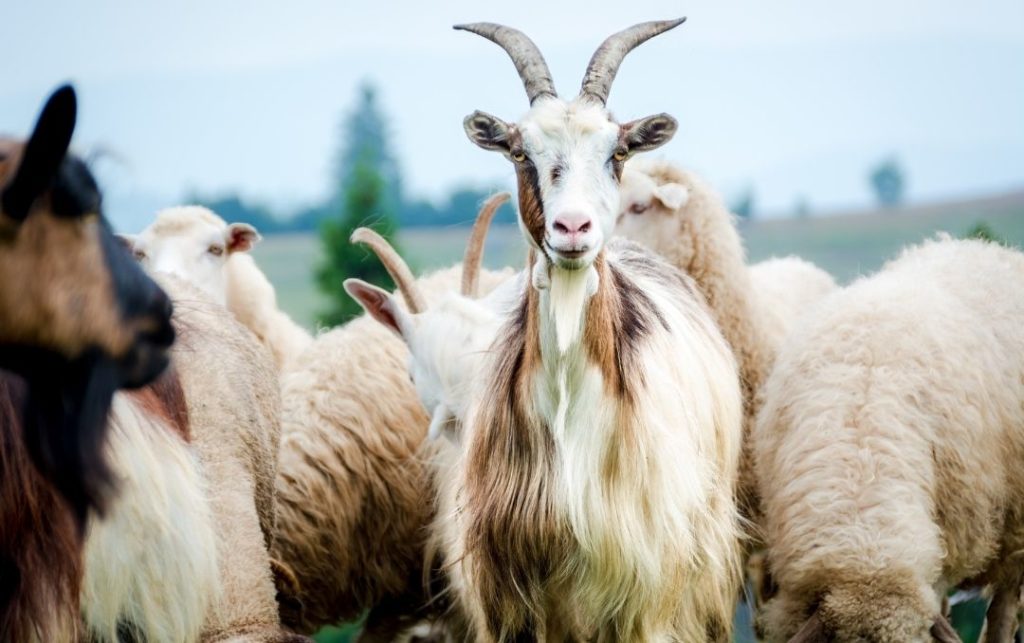
Pashmina is the crafting of the finest Cashmere procured from Changra Goats of Changhthanghi. Cashmere is the premium wool that is considered the most luxurious fabric in the world due to its fineness. On the other hand, silk is a fabric more course than Cashmere. Also, silk is a fabric procured from the cocoon of silkworms. The silk thread is made thicker on the spinning wheel to make it stronger to survive.
In Pashmina, Cashmere is the finest and Silk is delicate
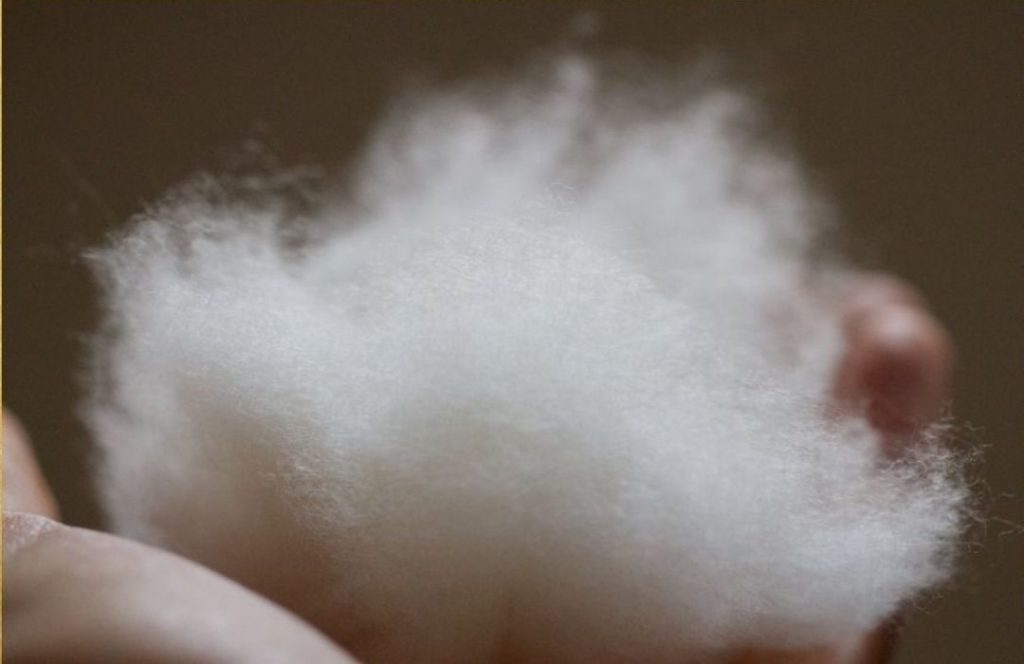
Cashmere is the finest wool procured from Changra Goats. It is procured by the hands of herdsmen. It is 12 to 16 microns in diameter. Whilst silk is obtained from the cocoon of the moth of the silkworm. It is courser and is very delicate. It is made thicker by spinning it several times to make the strength to make fabric.
Pashmina is the handicraft and Silk fabric is machine made
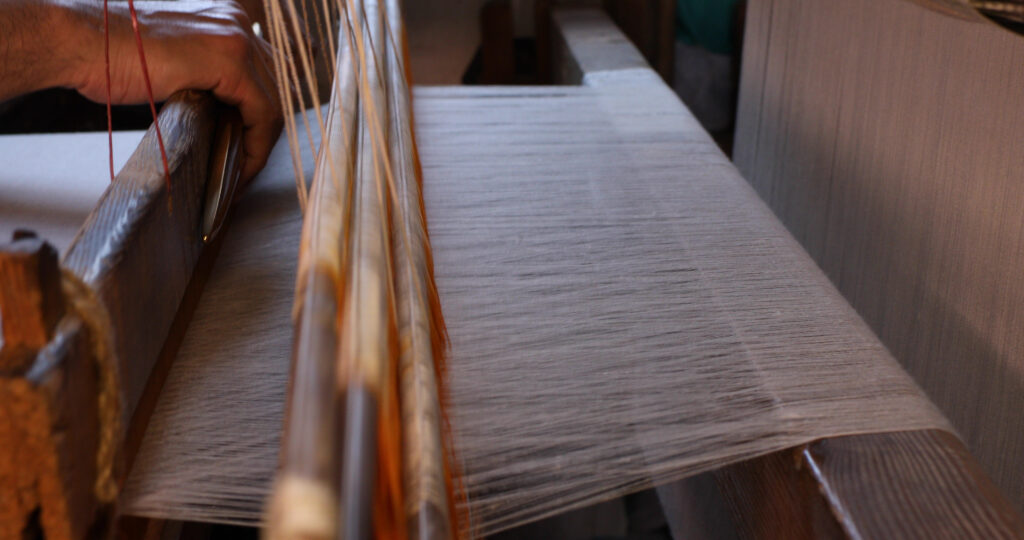
Pashmina is an Art of handcrafting the finest Ladakhi Cashmere. It is an explicit journey of finest Cashmere recalling its soulful bliss. From the procurement to the handcrafting of the finest Cashmere, the art witnesses the overall arrival of luxurious craft. All the steps in Pashmina are done by hand. Thus, preserving the high quality. On the other hand, the thicker thread made from spinning can be done by hand machines like charkha. In power machines in the factory, it is also done. Also, another material blending is done by adding poly or cotton or anything so that the thread is stronger to survive.
Pashmina is the craft of Kashmir and Silk fabric is crafted in several states
Pashmina is predominately found in the Kashmir Valley. It is the crafting of the finest Cashmere procured from Changhthanghi, Ladakh. It is the journey of Cashmere wool from Ladakh to Kashmir. Also, Pashmina is the hallmark of Kashmir Valley. While, Silk is crafted in several states of India like Banaras, Tamil Nadu, Bengal, etc.
Pashmina is a rare craft and silk is the craft in abundance
There are diverse breeds of Cashmere producing goats. Each breed has a specific percentage of production in the total production. The several breeds viz; Australian Cashmere Goat, Liaoning, Inner Mongolia, Xinjiang, Hexi, Zhonghwei, Tibetan Plateau, Luliang breeds, Changthanghi, etc. Therefore, all the breeds produce the Cashmere wool that produces the warmth. The exclusive breed of goats called Changra Goats is rare species of goats. And the production is very low due to this rare species found only in Changhthanghi. While Silk is found abundantly in the country of India as the production is quite high and is not confined to only one region of India.
Also read: PASHMINA CRAFT - WHO FOUNDED PASHMINA?
Procuring the finest Cashmere
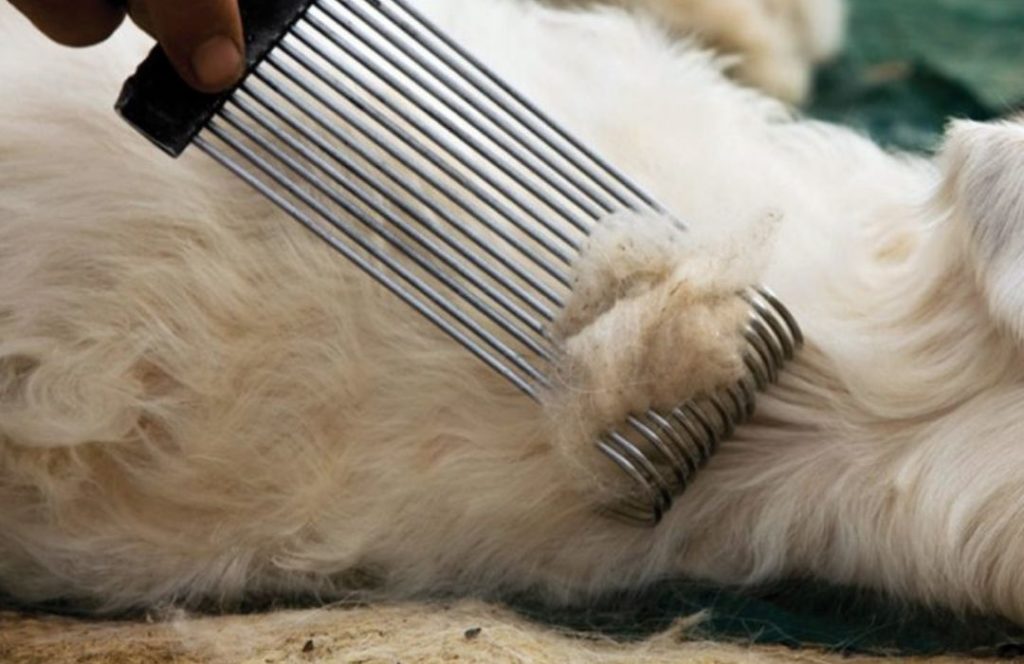
It all starts in the region of Ladakh. The temperature in the mountain of Changhthanghi goes to a minimum of 20°C. Nature inhibits many movements. But, a rare breed of goats called Changra Goats dwells in this harsh climate. To combat this winter, they develop thick wool on their bodies. The Changra goats are also called Kashmir Goats. They are medium-sized Goats with two twisted horns. They are mainly grazed for the production of fine Wool. The fine wool they develop in the winter season is naturally shed off against rocks, and trees by them. Moreover, the herders of the Changpa tribe also manually comb out the wool. The fine wool is called Cashmere wool.
Pashmina Art of Kashmir
The tufts of Cashmere wool leave the Ladakh region to reach the valley of Kashmir. The tufts are packed in small packets. The art of Pashmina caters to these tufts of Cashmere wool. Therefore, the Cashmere wool is cleaned, soaked, and dried in the sunlight to get dirt and grime of any sort apart. Afterward, the Cashmere wool is taken to the households where women folk spin the Cashmere wool into fine yarn. The spinning process is done on a wheel of wool called yinder in the local language. The women spun the Cashmere wool diligently to get the finest Cashmere yarn. The yarn is collected around the spindles for further processes.
Further, the Cashmere yarn is taken to the local karkhanas/workshops where several handlooms are fixed. These handlooms are made of forest wood. The highly skilled artisans work upon the handlooms using their hands and feet in coordination with the process. The process of weaving is to use Cashmere yarn to create warps and wefts. Thus, producing a whole fine Cashmere fabric. The Cashmere produced is given the required dimensions. Thus, crafting the Pashmina shawl.
Also read: TURNING THE WAYS FOR THE PLEDGE OF FINEST CASHMERE
Production of Silk
The process starts with Sericulture which is the process of gathering silkworms and harvesting the cocoon to collect the materials required. Then, after maturation, the silkworm will begin spinning its cocoon by rotating its body in a figure-8 movement around 300,000 times. Afterward, there are the steps of thread extraction, Spinning, Dyeing, Weaving, and Printing. This completes the production.
Cashmere is the luxurious wool and Silk is the fabric of sheen
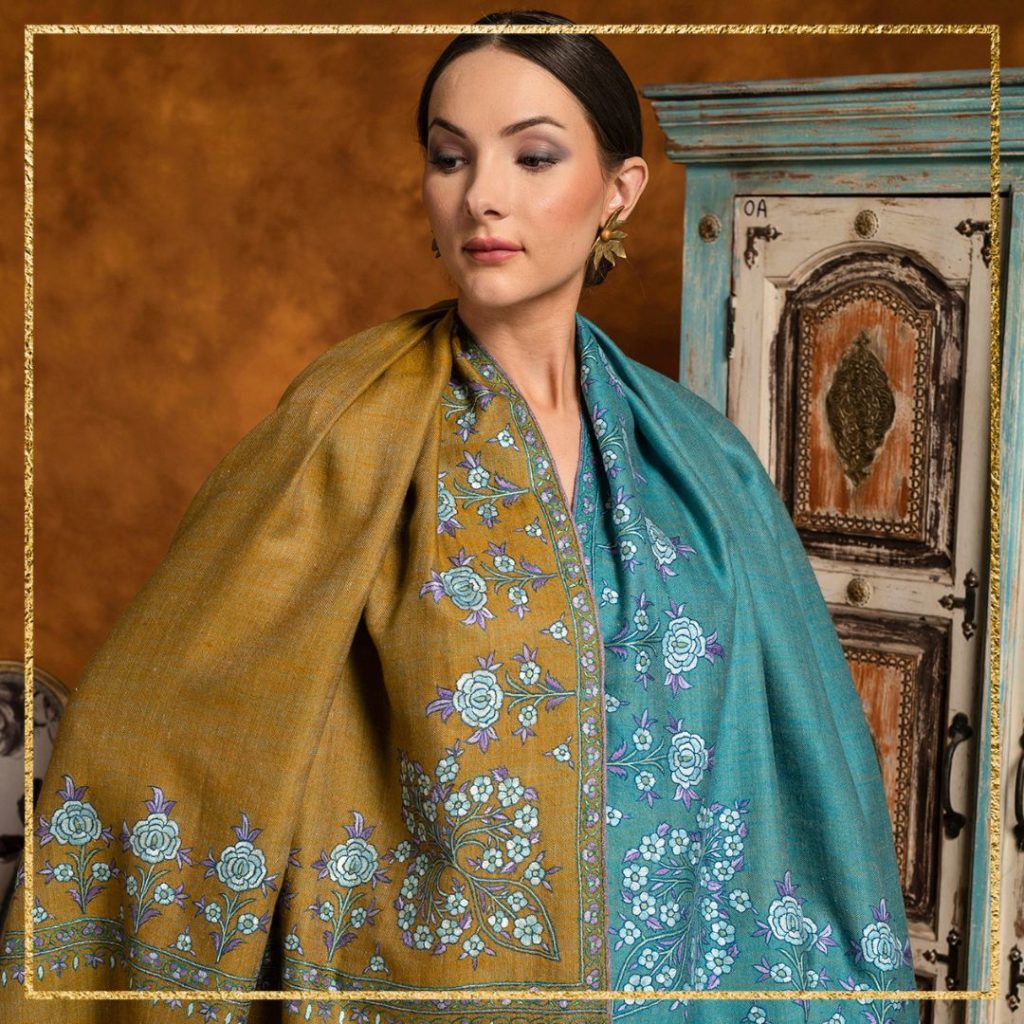
The fabric of Cashmere for Pashmina is pure and fine. While silk is denser than pure Cashmere. Silk has a sheen because of the silk blending. While Cashmere fabric of like 100% cashmere wool. It is softer and fluffier than Silk.
Also read: WHERE ARE THE PASHMINA SHAWLS WORN?
Is Pashmina Similar to Silk
While both pashmina and silk are used to create high-quality textiles, they differ in terms of their origin, texture, warmth, and overall characteristics. Pashmina is prized for its warmth and softness, while silk is admired for its sheen and smoothness.